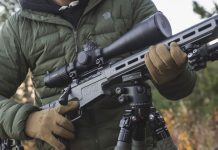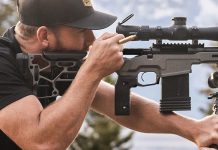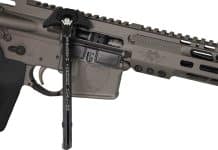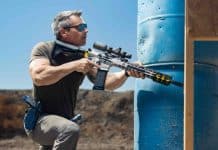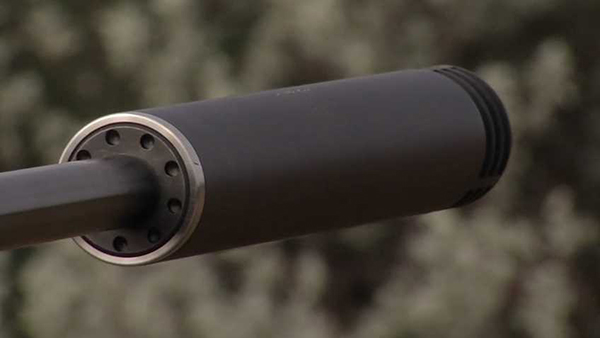
Credit: NRA-ILA
On February 28, the Bureau of Alcohol, Tobacco, Firearms and Explosives (“ATF”) denied approximately 850 Form 1 applications for prospective makers of suppressors. These denials were apparently made due to a change in ATF policy regarding certain devices that ATF claims are in reality suppressor “parts kits.”
ATF’s Form 1 application (technically ATF Form 5320.1) is the Application to Make and Register a Firearm. This is the application form that applicants who are not licensed to manufacture National Firearms Act (“NFA”) regulated firearms must use to legally create an NFA firearm.
Under federal law, firearm suppressors, called firearm silencers or firearm mufflers in federal statute, are treated legally the same as other firearms and subject to the registration and taxation requirements of the NFA.
The recent change in policy stems from ATF’s interpretation of the definition of “firearm silencer or firearm muffler” which is “any device for silencing, muffling, or diminishing the report of a portable firearm, including any combination of parts, designed or redesigned, and intended for use in assembling or fabricating a firearm silencer or firearm muffler, and any part intended only for use in such assembly or fabrication.”
In this case, ATF is specifically concerned with a “combination of parts, designed or redesigned, and intended for use in assembling or fabricating a firearm silencer or firearm muffler . . . .” According to ATF, companies who are selling products that can be used for the assembly or fabrication of a silencer must treat those products as if they are already silencer. The company would need to be a licensed manufacturer, pay a special tax, and the product would need to be transferred on ATF’s Form 4 application, rather than being registered via a Form 1 by the person who intends to use the parts in assembling a functional silencer.
Beyond the equitable issues of denying applicants who in good faith attempted to comply with ATF’s long-time application of federal law, this new interpretation has serious logical problems. If ATF now considers any parts that are intended to be assembled into a silencer as if they are already legally a silencer, then completing a Form 1 for a silencer is now impossible. When an applicant completes a Form 1, they are evidencing an intent to assemble or fabricate a silencer. Any part used in that process would seemingly already be a silencer under ATF’s new twisted reading of the definition.
To apply this new interpretation of the statute, ATF is now asking applicants for more information regarding the parts they intend to use to make a silencer. Applicants should keep in mind that ATF’s new logic means that any parts intended for “assembling or fabricating” a silencer are already legally a silencer in ATF’s view.
NRA is working with pro-gun members of Congress to push back on ATF’s newest overreach. But, with anti-gun leadership in both houses of Congress, reigning in ATF will be difficult. Fortunately, gun owners will have an opportuning this November to elect pro-gun majorities in both houses, which will give Congress the opportunity to better address executive branch overreach.
Don’t miss, check out all the latest news.
Want more posts like this one? Subscribe to Guns & Tactics to receive email updates and special offers direct to your inbox!
Social Links:
– The views and opinions expressed on this web site are solely those of the original authors and contributors. These views and opinions do not necessarily represent those of Guns & Tactics, the administrative staff, and/or any/all contributors to this site.
– Affiliate Disclaimer: Guns and Tactics is reader/viewer supported. This post may contain affiliate links and we may earn a small commission when you click on the links at no additional cost to you. As an Amazon Affiliate I earn from qualifying purchases.







